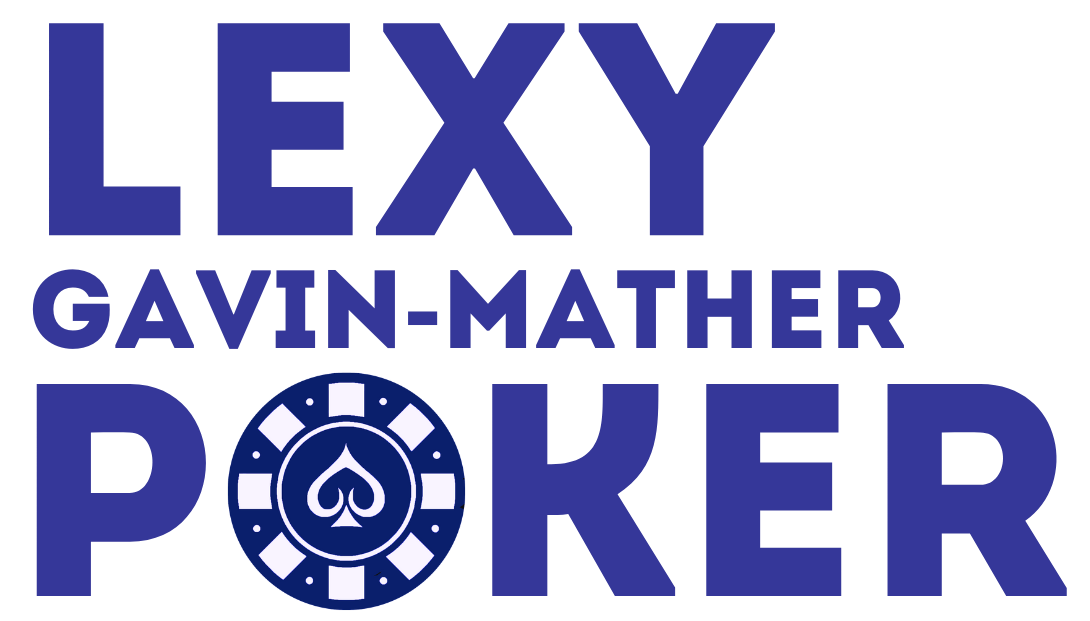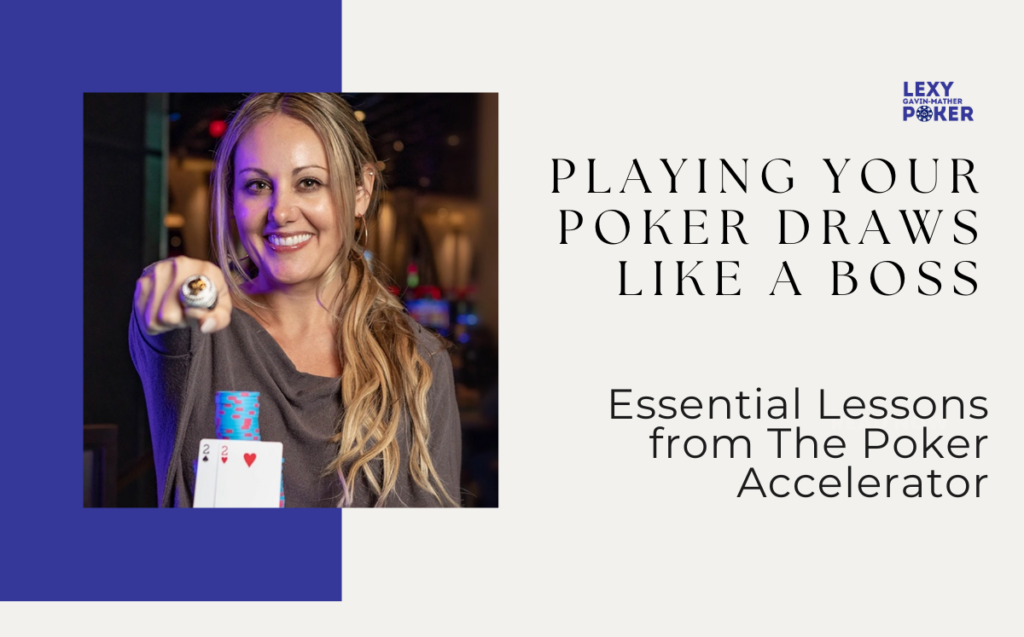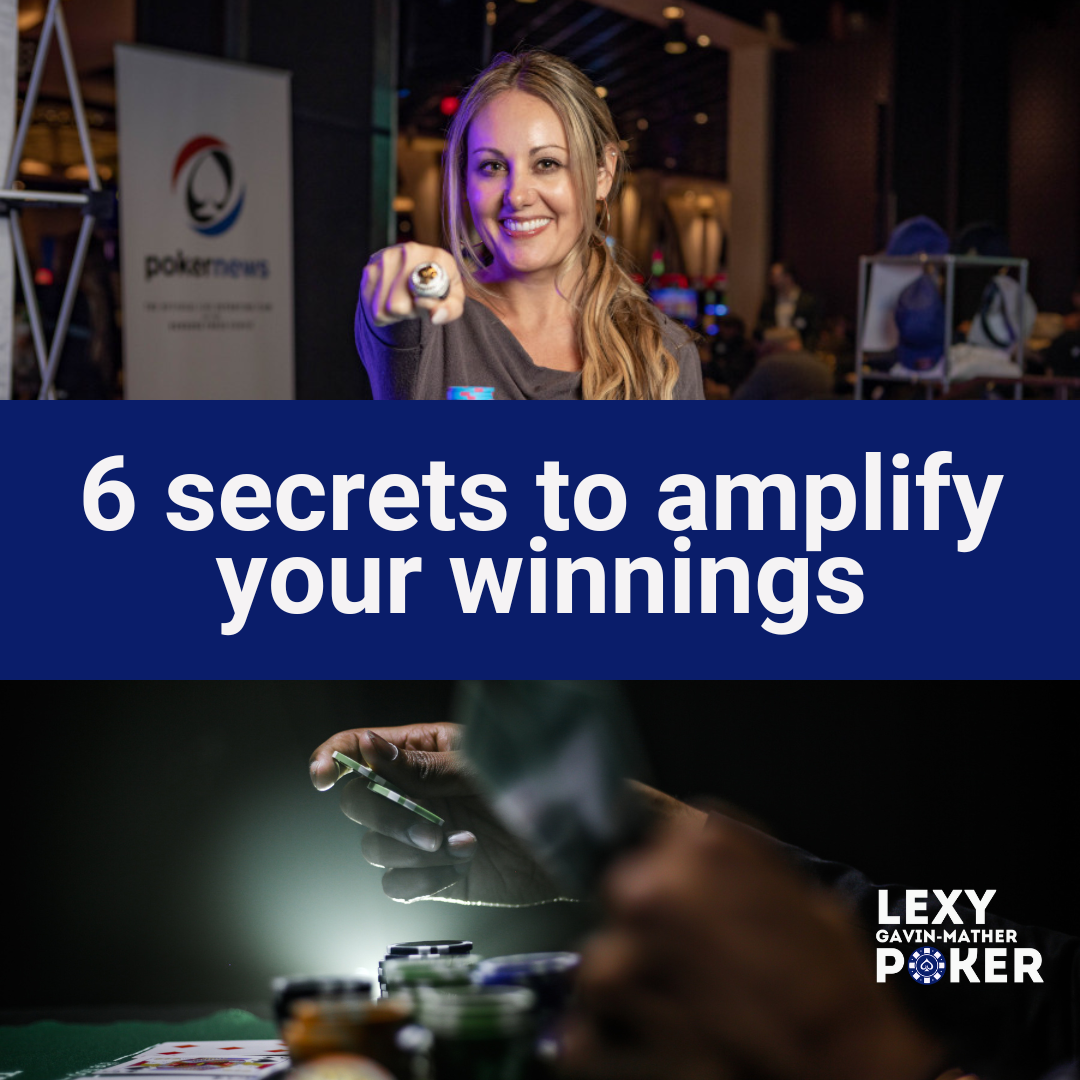Essential Lessons on Poker Draws from The Poker Accelerator
Do you ever get confused on how to play your flush draws, your straight draws, your gut shots, your back doors? It’s complicated enough that a lot of recreational players make big mistakes when executing these options.
I’ve seen some people overplay them. Sometimes they won’t play them aggressively enough, sometimes they play them too passively. I’m going to teach you how to make the most of your draws, or you can watch my video where we go into full detail on playing your poker draws like a boss!
You want to have a mixed strategy with your draws. For the most part, as the pre-flop aggressor, I do barrel most of my draws. I will continuation bet with the majority of my draws. There are times when you should be checking back, but for the most part, we are going to be barreling. Especially straight draws, we want to barrel aggressively. Oftentimes, I bet three streets if I brick out (depending on if the cards that come are good for the range).
Let’s say you open early position, and you have 8x-7x and the flop is 9x-10x-2x, you C-bet, your opponent calls, the turn is an Ace or King.
Because it’s a better card for you than them, I would continue betting. And I would likely bet the river if I missed my straight, depending on the run out. But more often than not, I do bet three straights with brick straight draws.
In draws with blockers, you want to fire multiple barrels. That’s what I was talking about earlier. Say you have the nut flush draw blocker, and you could fire multiple barrels because you can represent the nuts or the flush or the straight, whatever it is.
The story you’re telling is that you have a strong hand the whole way, because when you open pre-flop and then fire the flop and turn, then you’re telling a story of strength. You want to continue that story.
Weaker flush draws
Say you are the big blind with 6 ♥️ 5♥️ – two low hearts come up on the flop. I like to check raise, there more often than check in that position because you want that immediate fold equity. You only have 6 high; you don’t have any showdown value. Your hand is also vulnerable to an over card.
If there are higher cards on the board, then your opponents have more equity to hit their over card. Like I mentioned, you want that immediate fold equity. Plus, your flush draw is vulnerable to higher flush draws. Or if the board runs out four cards to the flush, you only have the 6 high flush. This is a hand you are better off check folding.
The Continuation Bet
Let’s take a look at another hand. In this hand, we’re playing a 150K guarantee online event. We have 75 big blinds.
Our hand, you are in the cutoff:
J ♦️ 10 ♦️
Jump in on the action! It’s on us. The blinds are 100/200. This is a pretty hand, so we’re going to be opening. Think about the sizing you would choose.If you know me, you know that I’m an advocate for choosing a slightly smaller bet sizing in tournaments because tournaments are more about survival and every chip matters. In tournaments, when I’m under 100 Big Blind, say I’m between the 50 and 100 Big Blind range, I usually go somewhere between 2.5 to 2.8X the BB preflop.
Here we decide to open up to 500. You could open up to 600 too, that’s fine. But because we’re only 75 blinds, I chose this slightly smaller sizing. We get two callers.
Now we see the flop:
A ♣️ 7 ♦️ 2 ♦️
We’ve flopped a flush draw. Big blind checked.
What do we do here? There’s 1,800 in the pot. Should we continue betting? Should we check? If we are going to bet, what’s our sizing?
In situations where it’s a relatively dry texture, and considering that we have two diamonds, it’s less likely that they have diamonds, in which case this can be considered a very dry flop.
I like to choose a smaller sizing when the board is dry. However, we’re all three-handed. Anywhere between 30% to 50% of the pot, we get a call and a fold from the button.
The turn:
Q ♠️
We turned a gut shot. We still have our flush draw. What do we do in this situation? Do we check? Do we bet? And if so, what sizing? There’s 3,300 in the pot. We have 13,500 behind.
I definitely like continuing the aggression here. The Q may seem like a scare card, but really, it’s not if you consider the other player’s range and his calling range on the flop.
If he has an Ace, then we’re already beat. We don’t really have to worry about him having A-Q because we would imagine he would 3-bet that pre-flop. That’s not always the case. Sometimes players will flat A-Q. But from my experience, I find most of the time people are 3-betting A-Q, especially offsuit because it’s a little harder to play post-flop.
It’s not like we have to worry about him having Q-7 or Q-2. The Q really doesn’t change that much. I don’t think that he’s floating us three-handed with him like K ♣️, Q ♣️ or something. It’s a good spot to continue the aggression, especially now that we’ve picked up some extra equity. If we hit one of the four Kings, we have essentially the nuts. We decide to bet 1,700 (around half pot). I think that’s a fine sizing, and we get a call.
The river:
5 ♦️
We have gotten there with the flush. What should we do? Should we check? Bet? Fold? I know no one’s going to actually say open fold. That’s not a thing.
Obviously, we are going to continue betting. At this point, we assume that he has an Ace. I don’t think that he has two pairs because he didn’t raise us on any street and he certainly doesn’t have a set. Now it’s a question of sizing. What sizing should we choose? If we bet on the larger sizing, is he going to call with his Ace? I imagine he will, but we obviously can’t go too big because that’s going to price him out from calling. That’s going to make it harder for him to call with his weaker Ace. We should be going about 4,500 here. That sounds pretty good. He calls, and he has A ♠️ 10 ♠️. So we got lucky there.
How long should you chase a back door draw?
This next hand, we have 100 big blinds and we’re playing 2-5 no limit.
The hand, you are in the Big Blind:
K ♦️ 4 ♦️
It folds to the button. The button raises to 15. The small blind folds. What should we do in this spot? Fold? Call? Raise? If we are going to raise, what should the size even be?
A lot of people would say either fold or call in this spot. But honestly, all three options are okay. Personally, I actually like 3-betting this from the Big Blind because the button’s range is super wide when it folds to him. He is going to be opening a lot of hands that are worse than King High. And we have nice removal with the King, which makes it less likely that he has a hand like A-K or KK or K-Q or K-J that’s going to snap call if we raise. And we are suited, which plays well for a nice 3-bet.
As for sizing, normally, if I were in position, I would be 3-bet this to roughly three times his bet to about 45. But because we’re out of position, I like to add one extra Big Blind for being out of position because we want that little bit of extra fold equity. We need to overcompensate for the fact that we’re going to be out of position for the hand. We go 50 and he calls.
The flop:
A ♦️ 5 ♣️ 7 ♣️
We’ve flopped the back door nut flush draw and a back door straight draw. What should we do here? The pot is 102. Should we check? Bet?
We decided to continue betting. Again, we didn’t 3-bet this pre-flop to just check, fold and give up like a little scaredy-cat. Remember, the blog is on playing your draws like a boss. Because we have all that nice fold equity, we are going to continue with this here, and we only have King High. It would be wonderful if the other player would just fold the hand. That’s what we would like, but he calls.
The turn:
2 ♥️
We decided to check here. We didn’t turn any extra equity. We could bet one more street, but because the pot is already quite large and we 3-bet it pre-flop, the fact that we haven’t turned anything, I mean, we do now have a gut shot with a 3 so you could construct an argument for betting, but I think it’s just fine to check give up here. We check, and fortunately, he checks back.
The river:
K ♠️
Now what should we do? Should we put out a bet for value? Should we turn our King into a bluff? Or should we just check and hope to win on the river with our King?
We decide to check, and the button checks back, and we lose to A ♣️ 8 ♣️. This button actually had a pretty nice hand on the flop and the turn.
The Poker Accelerator
If you want to learn more about how to play your draws, I have a full course, check it out HERE. In this course you will transform your game, whether you’re a cash player, tournament player, new to the game, a little bit more seasoned, the course is for you.




